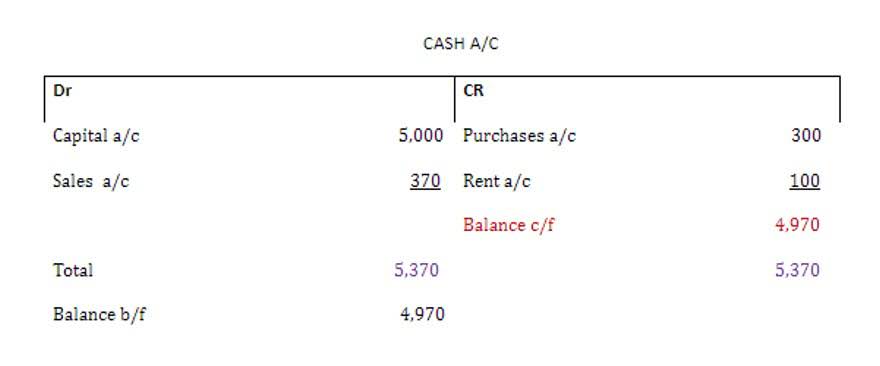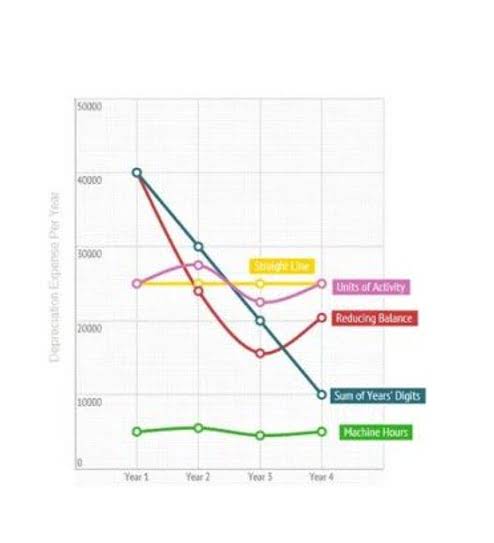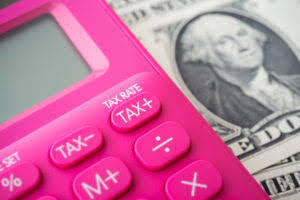
It doesn’t include any other information about each account like balances, debits, and credits like a trial balance does. There is no common structure or template of chart of accounts available for the use of all types of business entities. Each company prepares its own chart of accounts depending on its individual requirements. The structure of a chart of accounts is normally as complex as the business structure of the company. For example, the type and number of accounts needed by a large in the chart of accounts the balance sheet accounts are normally listed in which order corporation would significantly differ from those needed by a small retailer.
- When a transaction is entered into a company’s accounting software, it is common for the software to prompt for only one account name—this is because the software is programmed to automatically assign one of the accounts.
- As a result the bad debts expense is more closely matched to the sale.
- Therefore, you should always consult with accounting and tax professionals for assistance with your specific circumstances.
- Advertising Expense is the income statement account which reports the dollar amount of ads run during the period shown in the income statement.
- He is the sole author of all the materials on AccountingCoach.com.
Chart of accounts in business accounting
- Also, it’s important to periodically look through the chart and consolidate duplicate accounts.
- An account might simply be named “insurance offset.” What does that mean?
- For instance, if an account’s name or description is ambiguous, the bookkeeper can simply look at the prefix to know exactly what it is.
- This numbering system helps bookkeepers and accountants keep track of accounts along with what category they belong two.
- Holders of common stock elect the corporation’s directors and share in the distribution of profits of the company via dividends.
- There is a trade-off between simplicity and the ability to make historical comparisons.
Chart of accounts (COA) is simply a list of account names that a company uses in its general ledger for recording various business transactions. It provides guidance to book-keepers, accountants or other relevant persons in using specific account names while entering transactions in journal and later posting them to ledger. Sales are reported in the accounting period in which title to the merchandise was transferred from the seller to the buyer. A current asset which indicates the cost of the insurance contract (premiums) that have been paid in advance.

In what order are liabilities listed in the chart of accounts?

Holders of common stock elect the corporation’s directors and share in the distribution of profits of the company via dividends. If the corporation were to liquidate, the secured lenders would be paid first, followed by unsecured lenders, preferred stockholders (if any), and lastly the common stockholders. A gap between account numbers allows for adding accounts in How to Invoice as a Freelancer the future. The following is a partial listing of a sample chart of accounts. A chart of accounts will likely be as large and as complex as the company itself. An international corporation with several divisions may need thousands of accounts, whereas a small local retailer may need as few as one hundred accounts.
- The amount in this entry may be a percentage of sales or it might be based on an aging analysis of the accounts receivables (also referred to as a percentage of receivables).
- The following is a partial listing of a sample chart of accounts.
- Some valuable items that cannot be measured and expressed in dollars include the company’s outstanding reputation, its customer base, the value of successful consumer brands, and its management team.
- A company’s organization chart can serve as the outline for its accounting chart of accounts.
- It provides guidance to book-keepers, accountants or other relevant persons in using specific account names while entering transactions in journal and later posting them to ledger.
- Many industry associations publish recommended charts of accounts for their respective industries in order to establish a consistent standard of comparison among firms in their industry.
- Normally, each account number consists of two or more digits that tell something about relevancy of the account.
Related In-Depth Explanations

Accounting software packages often come normal balance with a selection of predefined account charts for various types of businesses. Liabilities can be short-term (current) or long-term (non-current). Examples of liabilities include accounts payable, salaries payable, loans payable, warranties payable, and accrued expenses. Equity can be called shareholders’ equity in a corporation or owner’s equity in a sole proprietorship. Equity accounts may include common stock, contributed capital (paid-in capital), retained earnings, and drawings. By using this pattern of numbering accounts a company can easily sum up balances in accounts to arrive at total assets or total current assets, for example.
Asset Accounts
The account names are listed in the chart of accounts in the same order in which they appear in company’s financial statements. Usually, the balance sheet accounts (i.e., assets, liabilities and owner’s equity) are listed first and income statement accounts (i.e., revenue and expense) are listed later. If the rented space was used to manufacture goods, the rent would be part of the cost of the products produced. Cash and other resources that are expected to turn to cash or to be used up within one year of the balance sheet date. Note that a chart of accounts does not have to have the same sequence as the one listed above. Balance sheet accounts tend to follow a standard that lists the most liquid assets first.

